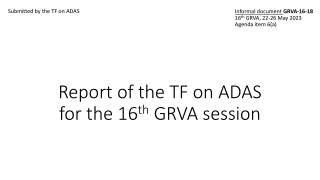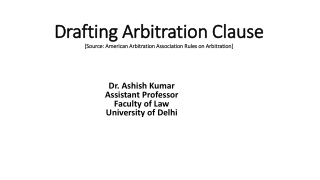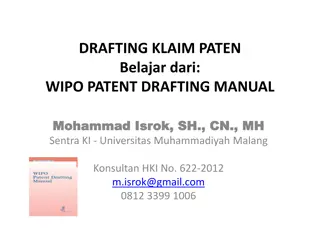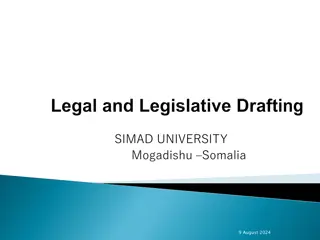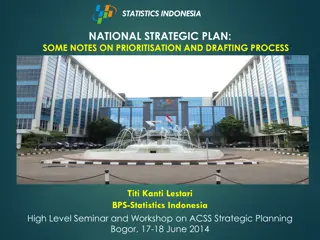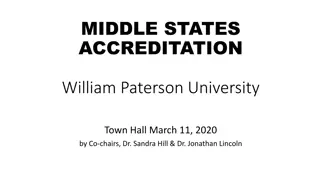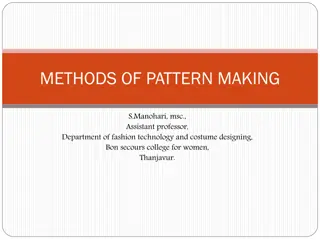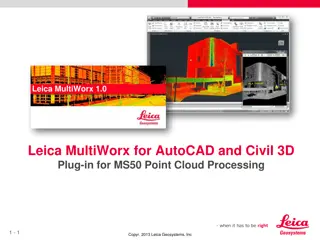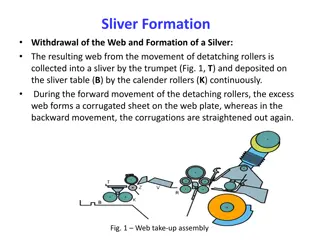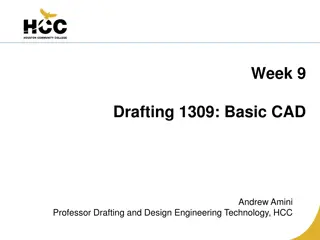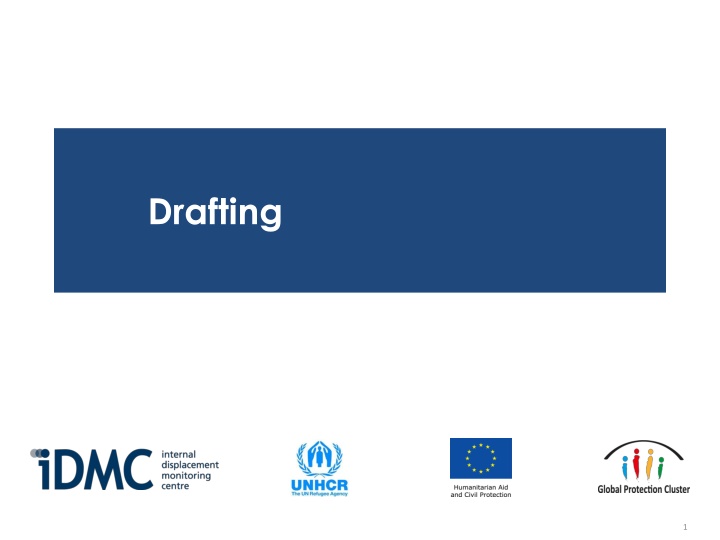
Strategies for Drafting a National Instrument on Internal Displacement
Explore the detailed process of drafting a national instrument on internal displacement, including objectives, suggested actions, the role of parliamentarians, consultation partners, and the use of model laws. Learn about general elements, quiz questions, and more to enhance your understanding of the topic.
Download Presentation

Please find below an Image/Link to download the presentation.
The content on the website is provided AS IS for your information and personal use only. It may not be sold, licensed, or shared on other websites without obtaining consent from the author. If you encounter any issues during the download, it is possible that the publisher has removed the file from their server.
You are allowed to download the files provided on this website for personal or commercial use, subject to the condition that they are used lawfully. All files are the property of their respective owners.
The content on the website is provided AS IS for your information and personal use only. It may not be sold, licensed, or shared on other websites without obtaining consent from the author.
E N D
Presentation Transcript
Drafting 1
Objectives To organise the drafting process for a national instrument on internal displacement To ensure that all stakeholders are properly consulted over the definition of contents To list all the required elements of a law or policy on internal displacement To list IDPs entitlements during all phases of displacement 2
Suggested actions Preparation of draft input document Planning, preparing and holding meetings Consultations Review Tentative workplan Working paper Glossary of key notions Outline Merging components into comprehensive draft Drafting Inclusive and transparent process IDPs at the heart of the process Information, consultation and participation Publish intentions and regular updates 3
Parliamentarians role Ensure that drafts prepared by staff, departments and civil society contain essential feautures Identify gaps in the draft legislation and propose amendments Ensure that parliamentary debate includes discussion of the bill Present the bill to constituents and civil society and invite comments 4
Whos who? Consultation partners Steering/drafting committee Lead agency 5
Use of model laws Model laws exist to help the domestication of the Kampala Convention and Great Lakes protocol They are primarily a source of inspiration and guidance for national domestication Caveat: They are not contextualised, nor country or situation-specific 6
General elements Definitions IDP People affected by displacement Basic principles National responsibility Non-discrimination Participation Identification of responsible authority Coordination mechanisms Financial aspects 7
Quiz! Which Kampala Convention articles refer to the prevention of displacement? Can you give examples of arbitrary displacement? Can you find a Kampala Convention article that addresses the specific needs of women and children? What are the three settlement options for durable solutions? Can you name the two principles that should underpin the pursuit of durable solutions? 8
Essential provisions Prohibition of arbitrary displacement (Kampala Convention article 4.4) Prevention of displacement (articles 4.1 and 4.2) IDPs protection and assistance (article nine) Durable solutions (article 11) Remedies and access to justice (article 12) Don t forget participation, host communities and people with specific needs! 9
Refresher: Which rights? 9.1.a 9.2.f Freedom of movement Rights Kampala Convention Recognition before the law Family life Life, security, protection against violence 9.1.b. 9.1.c. 9.1.d 9.2.b 9.2.h Food Education 9.2.b Water and sanitation 9.2.b Work and adequate standard of living 9.2.b Adequate housing 9.2.b Participation in public affairs Humanitarian assistance 9.2.l Medical assistance and healthcare 9.2.b 9.2.d 9.3 Property, protection against HLP violations 9.2.i 10
Remedies and access to justice What type of remedies? Compensation and satisfaction Physical and mental harm Who s responsible? How does claim process work? Restitution Deprivation of land and property Who can claim? How does HLP restitution work? How to decide on compensation? Compensation 11
Validation and adoption Adoption Validation or not? To consolidate the content of the draft instrument Key expression of the state s commitment Text final and applicable To obtain support from all parties Final deliberations and last amendments Determine who will take part Adoption according to national procedures 13
Conclusions Drafting a national instrument is a staged process that needs careful planning The participation of IDPs and others affected by displacement must be ensured A law or policy should feature a minimum set of contents Focus should be on prevention, IDPs rights and conditions for achieving durable solutions 14
Checklist Set out a tentative work plan for the drafting process Draft the national instrument step-by-step Lead inclusive and transparent stakeholder consultations Decide whether to undertake a validation process, and who will take part Validate the content and finalise the draft Undertake final deliberations on the draft Adopt the final text 15

